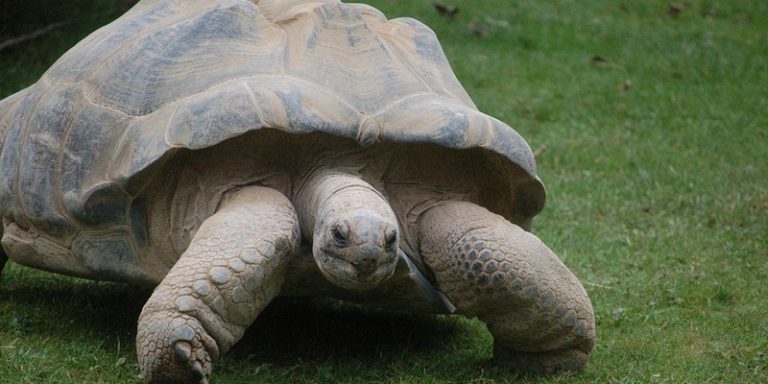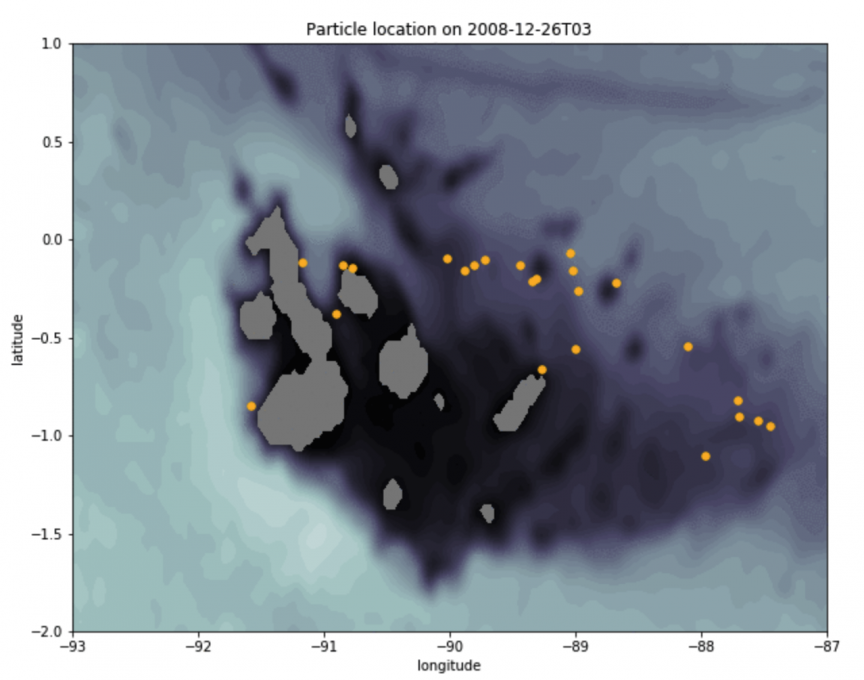
The Galapagos Conservation Trust (GCT) is a British organization dedicated to saving the species of the Galapagos Islands, off the coast of Ecuador. The islands are home to many endemic species. However, every year, more than eight tons of plastic waste from the mainland flood the islands’ beaches. In order to put an end to this phenomenon, the GCT, with the help of the Utrecht Institute for Oceanographic and Atmospheric Research, has developed a tool that uses artificial intelligence to optimise the cleaning of the coastline.
A solution to an environmental problem
The Galapagos Islands, a UNESCO World Heritage Site, are home to a unique fauna, as evidenced by the giant tortoises that bear the name of the islands. The tons of garbage covering the beaches represent a major threat to wildlife, as the plastic micro-particles are ingested by the animals, resulting in their deteriorating health and therefore killing them.
Stephanie Ypma, a researcher at the University of Utrecht in the Netherlands, is one of the experts who developed a solution that was presented in April at the EGU General Assembly. It facilitates the clean-up of the Galapagos coastline, which is currently impossible to carry out in its entirety due to a lack of financial resources. The tool is used to locate upstream, the arrival of waste on the sides, in order to know where they will land in mass and thus locate the strategic points of cleaning.

A machine learning model trained with GPS data
The platform works with a machine learning model. This tool is similar to an animated weather map. Through a simulation, it shows how the plastic floats on the ocean (trajectory, speed, etc.) and where it will run aground. Several parameters are taken into account, such as the composition of the plastic particles, the oceanic flows or the tide. It then stores all this information, which the model learns in order to function.
At the same time, several floating sensors equipped with GPS beacons measure the movement of the water towards the Earth. All the data collected will be used by this summer to train the model and provide a reliable forecast of the arrival of waste on these islands.
This software will help change the way the islands are cleaned up. According to Stephanie Ypma, there would probably be a lot more than eight tons of garbage, since only 1% of the coastline is drastically cleaned. ” Our first results are promising”, guaranteed the researcher, who thinks that her model will be able to fight against pollution on the Pacific islands in the future.
Translated from Un outil de machine learning pour lutter contre les déchets menaçant les espèces des îles du Pacifique









